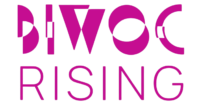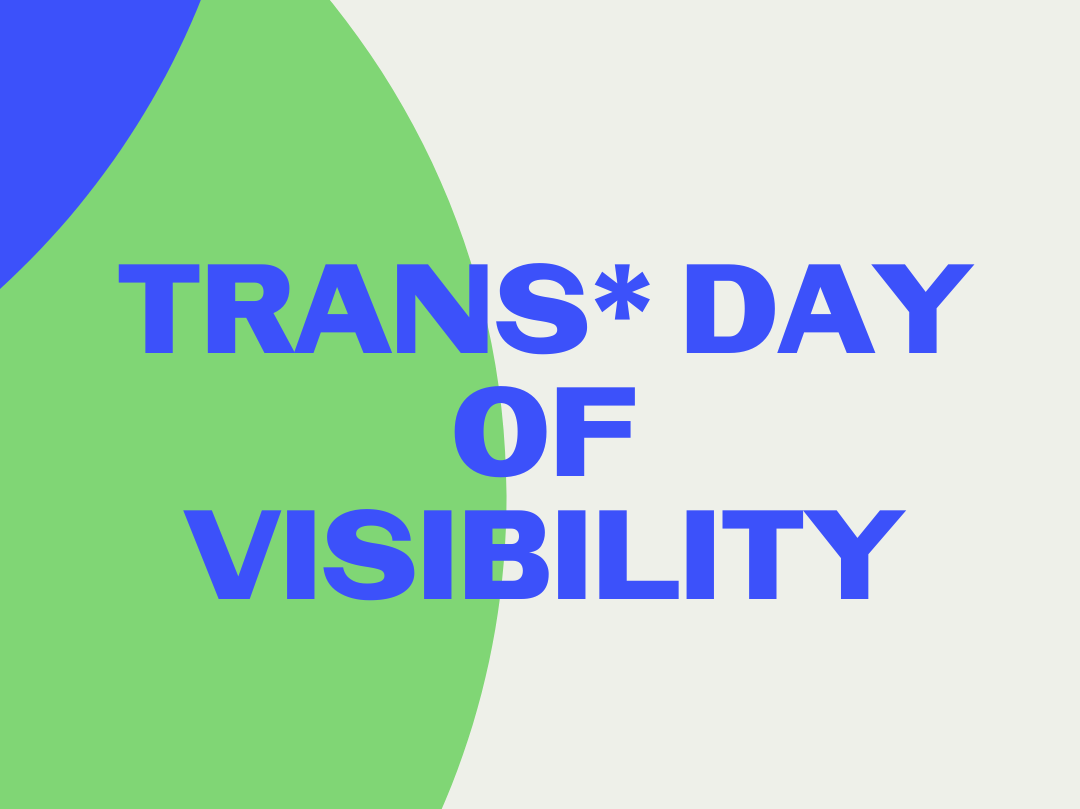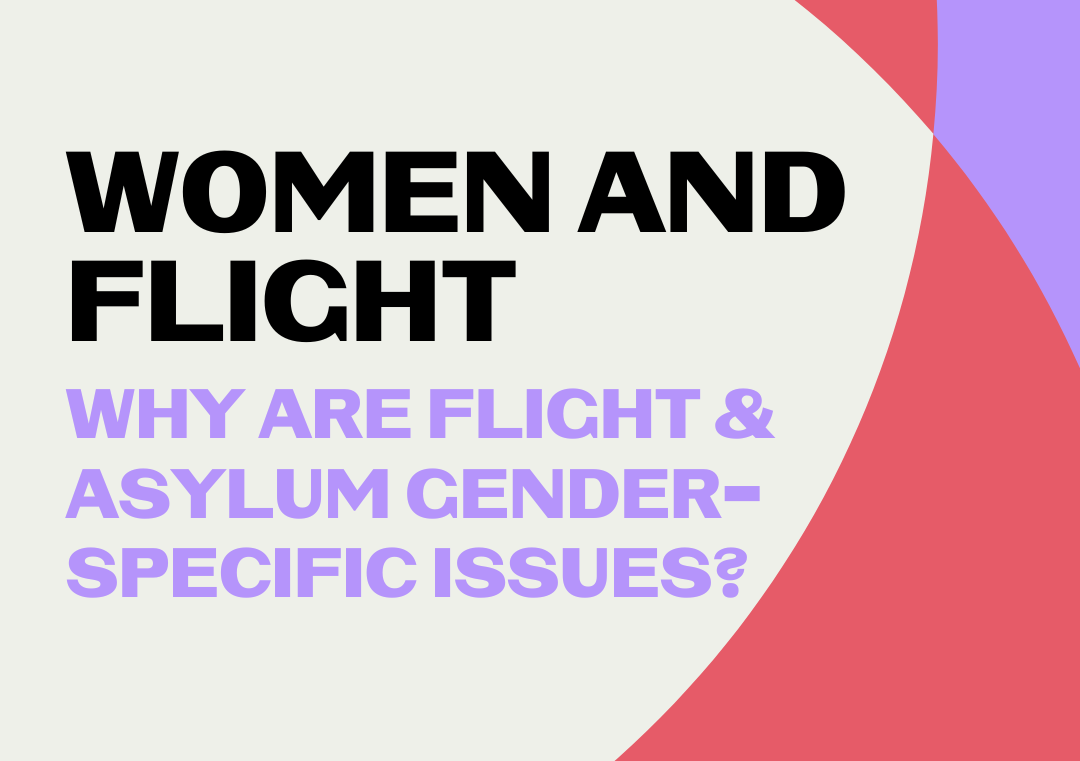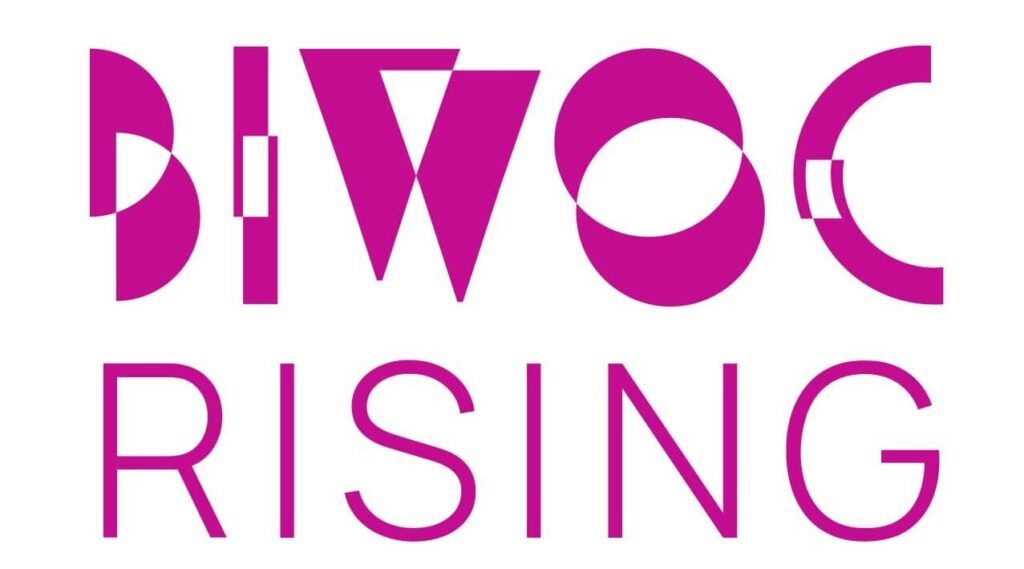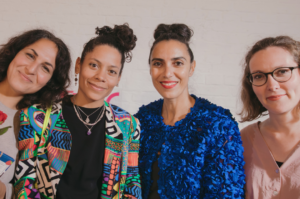31st March is Trans* Day of Visibility, a day for protest and activism, but it is also a day for pride. Today, like any other day, we celebrate and honour trans* and non-binary people worldwide. We wish all trans* and non-binary people a wonderful Trans* Day of Visibility!
What is TDoV?
Trans* Day of Visibility takes place every 31 March, since 2009. It marks a time to celebrate trans* and non-binary people, and to raise awareness of the discrimination faced by the communities worldwide. It also provides an opportunity for trans* and non-binary people to feel seen through positive and realistic representation – and for allies to learn more about how they can stand in solidarity.
Why is visibility tricky?
While we celebrate Trans* Day of Visibility, it’s essential to recognize that for many trans* individuals facing intersecting forms of discrimination, being ‚visible‘ can pose significant, even life-threatening risks. The concept of ‚passing,‘ or being perceived as cisgender, is often idealized, but not all trans* people can or want to pass. Barriers such as limited access to medical interventions or not conforming to societal norms, particularly those of white, able-bodied, cisgender individuals, can impact this choice.
What does it have to do with decolonisation?
Throughout recorded history and since time immemorial, thriving cultures have recognised, revered, and integrated more than two genders. Terms such as “transgender”, “gay”, or “bisexual” are Western constructs that often assume three things: that there are only two sexes (male/female), as many as three sexualities (gay/straight/bisexual), and only two genders (man/woman).
Through the process of colonalisation, both overt in the age of European empires and internally leading to individuals conforming to societal norms, gender diversity beyond this binary has mostly been either diminished or subjugated. So, it’s crucial for Western communities to broaden our understanding of trans* identities on a global scale. This helps us recognise and unlearn Eurocentric understanding of gender, to understand the long-lasting impacts of colonialism on citizens of post-colonial countries, and to challenge ongoing racial injustices worldwide. After all, trans* and non-binary identities are not new or unique to any one demographic.
Examples of gender diversity around the world
“Independent Lens” put together a map of gender-diverse cultures. Check out the map here.
